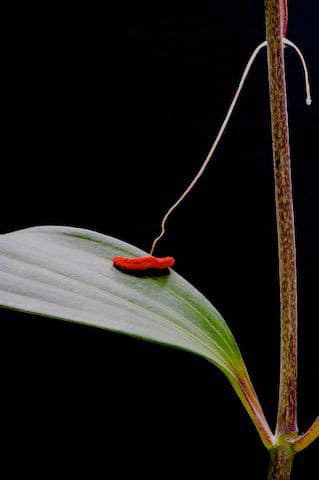Technique and Presentation

I use a camera with a 36mm x 24mm, 16.7 megapixel sensor. Digital manipulation is limited to techniques used in traditional darkroom development and printing, such as brightness, shadow and contrast adjustment, as well as procedures required to produce blemish-free enlargements. I do not work with layers, blend multiple exposures or use high dynamic range software to enhance my images.
My fine art pieces are sold as an edition of one. The art that you see on this website is available in any size, printed on canvas or paper. Once a particular work is sold, irrespective of size or format, it will be not be printed again. The digital files will not be destroyed because in the future I will publish my artwork in book or other form.
I perform the printing. Archival grade materials are used for printing and matting to ensure the longevity of my art. Artwork on canvas is printed on archival canvas receptive to pigment inks. Acrylic coating of the canvas to protect the artwork, stretching and framing are done by other professionals. Artwork on paper is printed on archival, 300-325 gsm, rag matte paper using Epson's K3 Ultrachrome pigment inks, or Epson's UltraChrome HDR pigment inks. The prints are signed with a Kendo roller pen that uses acid-free, archival gel. The pre-cut mats are 4-ply super white photo rag with archival cotton rag core, and the backing is archival cotton rag board with a 1/8" foam core. Prints are protected by TruVue museum glass or acrylic, and metal frames. Matting, glazing and framing are done by a professional frame shop.
As a guide to authenticity, a certificate printed on Hahnemuhle Fine Art security paper with serialized numerical hologram accompanies each framed artwork.
My commercial and commissioned work has no limitation on the number of printed copies.
